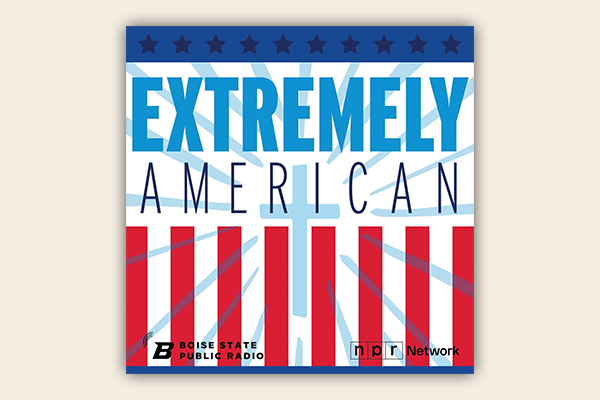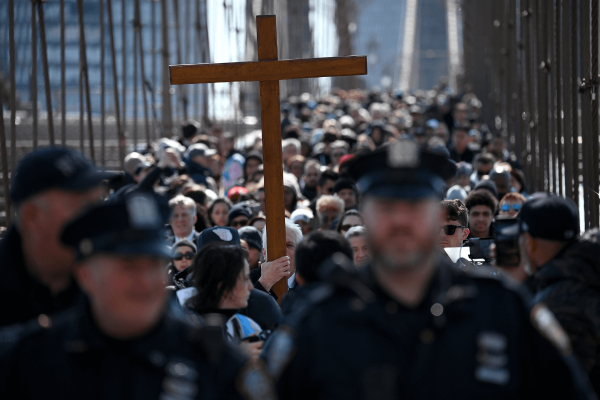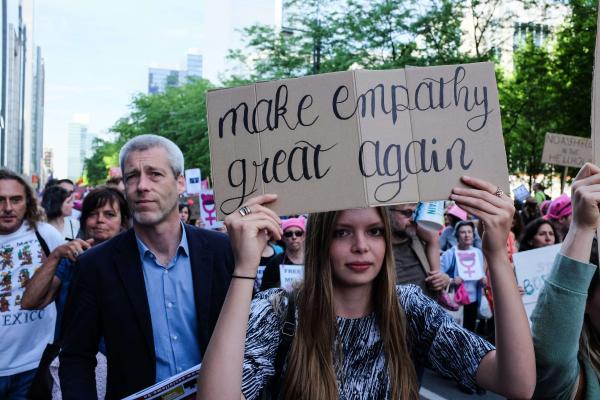A tradition of protest stretches deep into the American fabric. Protesting and civil unrest has been the language of the disenfranchised, marginalized, and oppressed for centuries. Entrenched in a common cause or need, participants willingly risk their livelihoods for transformative change and lasting justice. It’s the act of a few that have led to revolutionaries, displays of resistance, retaliation, and retribution.This year, we’ve seen protests in Chile, Ecuador, Lebanon, Spain, and now, Hong Kong — the freshest display of citizen demand.
Protests in Hong Kong began in June after the government proposed a bill that would allow extraditions to mainland China. Many fear that the judicial process in China could be unfair and include torture — especially for arrested activists, human rights lawyers, journalists and social workers. Demonstrator demands for democracy and a less involved government have turned from peaceful protest to violence and death between police, citizens, and protesters.
Students and other protesters gathered at Hong Kong Polytechnic University using the space as a “ground zero” for planning, strategizing, and executing their method of protests as violence increased in the city. Here, the intentions were clear: Demonstrate and stay alive. While the campus currently lies in ruins, these students gathered not as mindless young people, but as determined revolutionaries. Because of this, the world’s eyes are on Hong Kong. They are focused on a government determined to stand against democracy and harm its own citizens due to its unwillingness to relinquish power, manipulation, and control that inflicts harm and not justice.
I find that these protests are eerily similar to the Watts riots, the Memphis riot after the death of Dr. King, the Rodney King verdict riot, and the Charlottesville protests — each beginning as a citizen's resistance to government violence upheld against African Americans or white supremacy in America’s core fabric, and ending with death or violence.
The similarities here are not only due to the presence of death and violence, but high tensions between government and people. In Hong Kong, we’ve witnessed images of police exercising excessive force on protesters, extensive arrests of nonviolent demonstrators, and vile displays of militarization in neighborhood streets, much like in Baltimore, Compton, and protests in the U.S.
Like the United States, young adults have made activism a critical part of civic engagement.
Unlike the U.S., citizens are engaging a contentious government with wide international influence, but poor domestic evidence and practices of justice. This heightens the risks that comes with a citizen utilizing their God given voice to protest injustice. This is a selfless decision to place their lives on the line for the sake of a country’s survival and reimagining life as they exist within a stringent autocrat
The striking similarities between Hong Kong, the United States, Chile, and other nations should not come as a shock — they are a wake-up call to a new era of resistance. An era that is poised to see government that includes, represents, and adequately cares for the people. But in order to get there, resistance and revolution domestically and abroad must take place for the privileged and powerful to see the power of the people. A power that impacts economies, trade, institutions, governments, personalities, and the world at large. Imagine if America’s protest led to such revolutionary actions, this republic may be forced to be a democracy reimagined.
Got something to say about what you're reading? We value your feedback!







